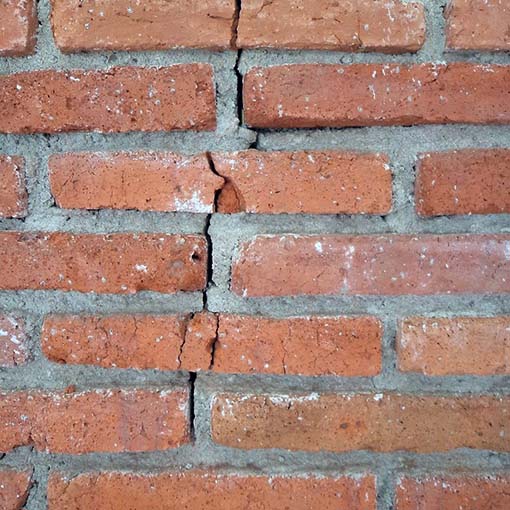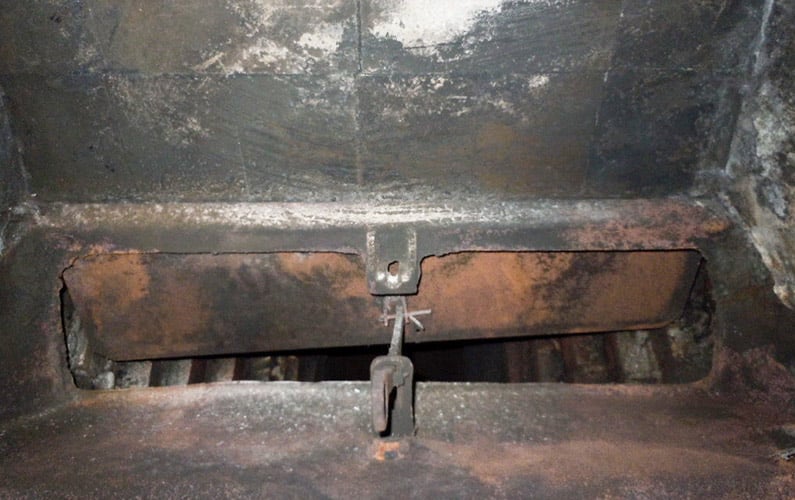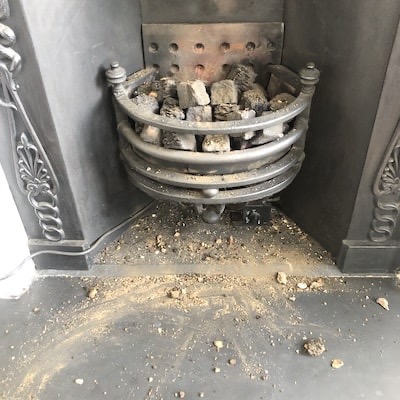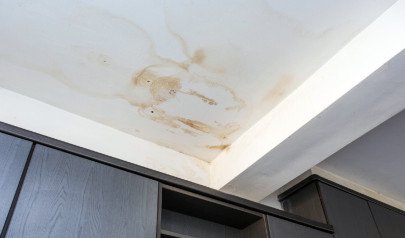A Guide to Chimney Repairs
A chimney is not just a decorative element; it plays a crucial role in maintaining the safety and efficiency of your home’s heating system. But over time, chimneys can suffer from wear and tear, leading to various issues.
Rescue My Roof has been working with homeowners for over a decade, ensuring their homes and families stay safe. We’re using our expertise to educate homeowners – starting with a widely disregarded area of the roof: the chimney.
To ensure your chimney’s longevity and optimal functioning, it’s essential to address repairs promptly. This article will explore the importance of chimney repairs, common problems that arise, and the steps you can take to maintain a safe and efficient chimney. Ultimately, you’ll know when to repair your chimney, how much it will cost, and how to find a contractor.
The Importance of Chimney Repairs
A chimney is constantly exposed to heat, smoke, and other elements. Over time, this exposure can cause deterioration, leading to various issues, including structural damage, decreased efficiency, and even safety hazards.
Regular chimney maintenance and timely repairs are crucial to ensure the safety of your home and prevent potential disasters such as chimney fires and carbon monoxide leaks. Investing in chimney repairs safeguards your property and helps you avoid costly repairs or replacements down the line.
How do you know if your chimney needs repair? Here are five signs to keep an eye on:
7 Common Chimney Problems
Understanding the common problems that chimneys can develop will help you identify issues early on and seek appropriate repairs. Some of the most frequent chimney problems include:
1. Chimney Cracks and Spalling

Chimney linings undergo much stress from heat and deposits of flammable substances. Once moisture combines with soot, the chimney’s lining can deteriorate.
When the chimney’s lining is cracked, it must be replaced before using the fireplace again, especially as the lining protects your home from catching fire.
So how do you determine if your lining is in good condition?
Using a camera to check your fireplace when you notice abnormal debris, chimney rusting, or the chimney’s deteriorating appearance can prevent house fires that begin in your chimney.
2. Rusted Damper or Firebox

A rusted damper or firebox indicates excess moisture in the chimney. If you know the root cause of the water problem has been addressed, you may only need to replace the rusted parts.
If the cause of the rust is unknown, your chimney should be inspected to determine why there’s so much moisture.
3. Flakes/Shards of Tile or Ceramic in the Fireplace

Flakes or shards of tile or ceramic in the hearth are signs that your flue liner is cracking.
Continuing to use a chimney with a cracking flue liner could easily result in a house fire, as the flue’s purpose is to protect your home from catching fire.
If the flue liner is cracking, you should contact a chimney technician who can assess the extent of the damage so that you know if it needs to be repaired or replaced.
4. Broken or Rusting Chimney Chase Top

Chimneys occasionally have a top pan that seals off the flue and prevents birds and other animals from entering the chimney – otherwise known as the chase top.
If the chase top was installed incorrectly or is made of galvanized metal, water may be collecting in it, causing it to rust and deteriorate.
A broken or rusting chase top is more than just an eyesore. It can allow water into your chimney and home that causes severe damage. Once you notice your chimney chase top is in disrepair – replace it immediately.
5. Deteriorating Mortar Joints

As you inspect the chimney crown, look at the mortar joints along the top. If these joints are deteriorating, it’s a sign the water is seeping into the chimney masonry and beginning to cause structural damage.
Have a professional repair the mortar joints to prevent more damage. If left untreated, your chimney could eventually collapse.
6. Damaged Chimney Flashing

Flashing is the seal between the chimney and the roof, preventing water from entering your home.
As the flashing ages, it can rust, or you may see holes. This results in leaks and moisture-related issues.
A roofing contractor can easily replace flashing. Contact a local contractor today to get repair estimates.
7. Stained Ceiling or Walls

The most significant sign too much water is being absorbed by your chimney is staining on the ceiling or walls surrounding it.
Unfortunately, this means excessive moisture in the chimney is already beginning to spread to the rest of your home. When you call a professional, they will determine why so much moisture is getting into the chimney and the extent of the damage.
The earlier this is caught, the more likely you can fix the problem before the moisture ruins your ceiling, walls, and floors.
Chimney Repair Pricing
Chimney repair pricing will vary based on the repair type, the damage’s extent, and the size of your chimney.
Repairs typically range from $300 to $7,000 – but most homeowners pay close to $700.
If your chimney has to be partially or fully rebuilt, you can expect to be in the higher price range.
Chimney Repair Steps
Don’t know how chimney repairs work but want to invest more in the process? You’re in the right place. Here’s what to expect from the process:
Regular Inspections: Schedule annual chimney inspections by certified professionals to promptly identify and address any emerging issues. Regular inspections can prevent minor problems from escalating into major repairs.
Chimney Cleaning: A professional cleaning will remove creosote buildup and other obstructions, ensuring proper ventilation and reducing the risk of chimney fires.
Masonry Repairs: If your chimney shows signs of cracks or spalling, it’s crucial to address these issues promptly. Masonry repairs can include tuckpointing, sealing, or even rebuilding sections of the chimney to restore structural integrity.
Flue Liner Replacement: Damaged or deteriorated flue liners should be replaced to prevent carbon monoxide leaks and improve the efficiency of your heating system.
Flashing and Cap Repairs: Timely repair or replacement of damaged flashing and caps will ensure proper water shedding, preventing moisture-related issues and maintaining the integrity of your chimney.
Waterproofing: Applying a waterproof sealant to the exterior of your chimney can provide an additional layer of protection against water damage.
Getting Estimates for Chimney Repairs
It may be time for a chimney repair estimate if you notice cracks, rust, deteriorating mortar joints, or even ceramic pieces in your fireplace.
The best part is that inspections and estimates are free – so even if you doubt your chimney needs repair, it’s better to be safe than sorry. Contact local roofing contractors and schedule the earliest estimate appointment.
If you want to learn more about chimney and roof repairs, read “4 Tips to Prevent Roof Leaks Before They Happen” and “9 Factors Impacting Roof Repair Pricing.”
If you need a chimney repair estimate in Southeastern Wisconsin, look no further. Rescue My Roof has got you covered. Contact us today to get a free estimate.

